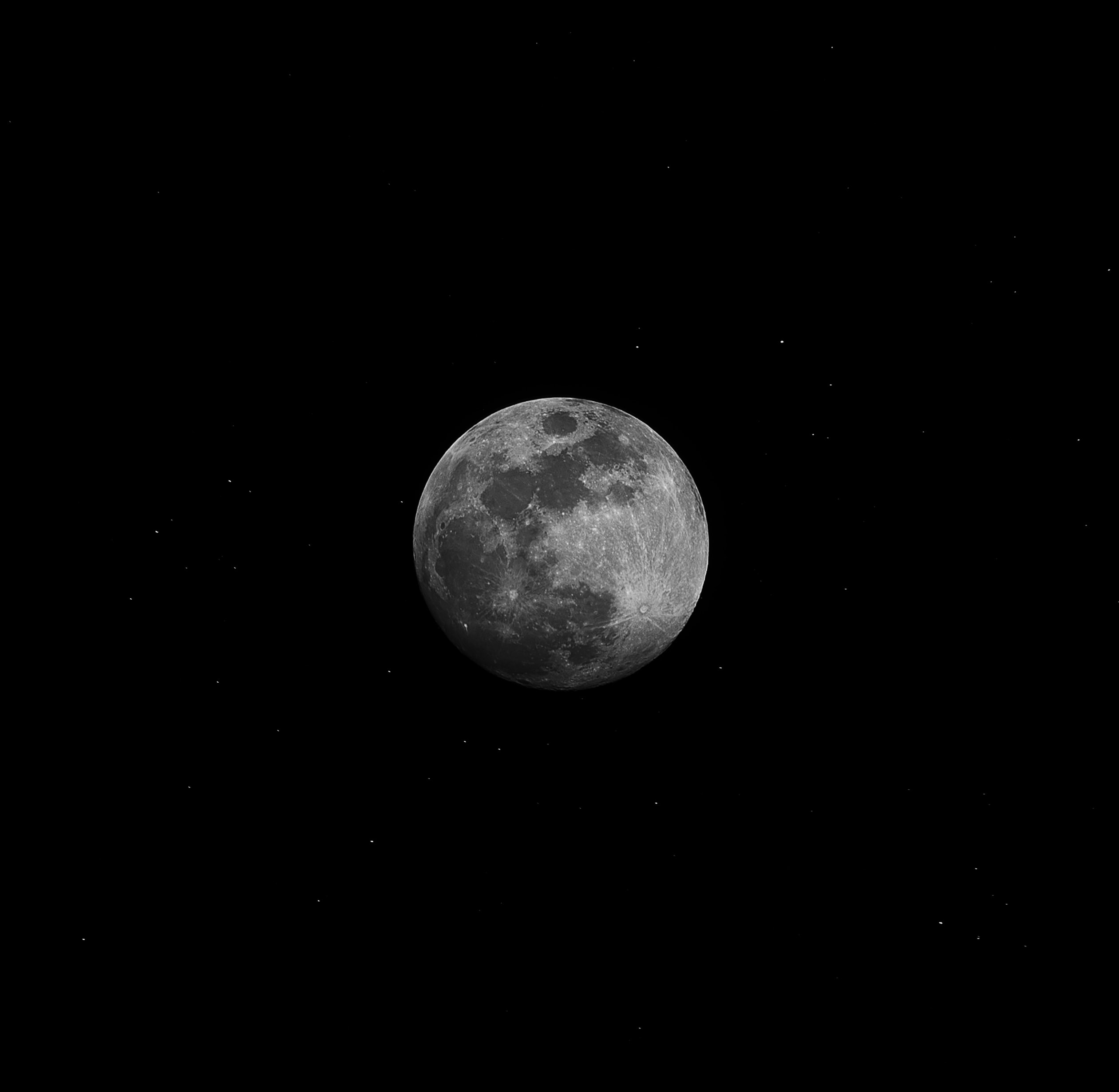Lunar Feeding Schedule: How the Moon’s Phases Affect Wildlife Feeding Patterns
The moon has long been associated with changes in nature, from tides to animal behavior. One area where the moon’s influence is particularly intriguing is wildlife feeding patterns. Many species have been observed to alter their feeding habits based on the phase of the moon. In this article, we will explore the fascinating world of lunar feeding schedules and examine the possible reasons behind these behavioral changes.
The Moon’s Phases and Wildlife Feeding Patterns
The moon goes through a cycle of phases each month, transitioning from a New Moon to a Waxing Crescent, First Quarter, Waxing Gibbous, Full Moon, Waning Gibbous, Third Quarter, and finally a Waning Crescent. These phases are determined by the position of the moon in relation to the sun and the Earth.
Many wildlife species have been found to adjust their feeding behavior in relation to these lunar phases. For example, numerous studies have shown that nocturnal animals, such as owls and bats, tend to be more active and hunt more frequently during nights with a full moon. This is believed to be because the increased brightness provided by the full moon makes it easier for these animals to locate prey.
On the other hand, some diurnal animals, like birds and squirrels, have been observed to modify their foraging habits during specific lunar phases. For instance, during a New Moon, when the sky is darker, these animals may alter their feeding schedules to avoid predation and take advantage of the increased cover.
Factors Influencing Lunar Feeding Patterns
While the connection between lunar phases and wildlife feeding patterns is evident, there are various factors that come into play and influence these behaviors.
1. Light Level
The primary factor influencing lunar feeding patterns is the level of light available during different phases of the moon. Nocturnal animals, such as cats, foxes, and raccoons, rely heavily on their keen senses of sight and hearing to hunt. The increased brightness provided by a full moon enhances their ability to detect prey, resulting in more frequent feeding activity.
Conversely, during nights with a New or Waning Crescent moon, the reduced visibility encourages many nocturnal animals to limit their activity to decrease the risk of predation themselves.
2. Predation Risk
The risk of predation also plays a significant role in determining lunar feeding patterns. Diurnal animals that are often preyed upon by nocturnal predators adjust their feeding schedules accordingly.
During nights with a New Moon, when visibility is low, diurnal animals may take advantage of the darkness to extend their feeding periods without being easily spotted by predators. This could increase their chances of survival and successful foraging.
3. Biological Clocks
Another contributing factor to lunar feeding patterns is the concept of biological clocks. Many animals, including insects, birds, and mammals, possess internal circadian rhythms that regulate their daily activities, including feeding.
These biological clocks are influenced by various environmental cues, such as light and temperature. The moon’s phases act as additional cues that animals have evolved to synchronize their feeding behavior with optimal conditions, ensuring the highest chances of success.
4. Lunar Tides
Though not directly related to feeding, it’s important to mention that some marine animals, like certain fish and crustaceans, time their reproductive activities and migrations with the lunar tides.
As the moon’s gravity affects ocean tides, these species have evolved to leverage these tidal changes to their advantage. This, in turn, can indirectly impact the availability of food resources in coastal areas, influencing feeding patterns of both marine and terrestrial wildlife.
Research and Future Studies
The relationship between lunar phases and wildlife feeding patterns continues to intrigue scientists, and research in this field is ongoing. Advancements in technology, such as GPS tracking and high-resolution imaging, have allowed researchers to gather more detailed information about animal movements and feeding behaviors.
Future studies may further explore the physiological and neurological processes that enable animals to detect and respond to subtle changes in moonlight. Additionally, researchers will likely investigate how other factors, such as climate change and light pollution, are altering lunar feeding patterns and potentially disrupting ecological relationships.
The Fascinating Connection
Understanding the connection between lunar phases and wildlife feeding patterns not only enriches our knowledge of animal behavior but also highlights the intricate relationships between species and their environment.
By unraveling the complexities of lunar feeding schedules, scientists can gain valuable insights into the functioning of ecosystems and develop effective conservation strategies to preserve wildlife populations for future generations.
So, the next time you gaze up at the moon and wonder about its influence, remember that it’s not just tides it controls. The moon also orchestrates a hidden dance of feeding schedules, shaping the lives of countless creatures on our planet.
Table of Contents
